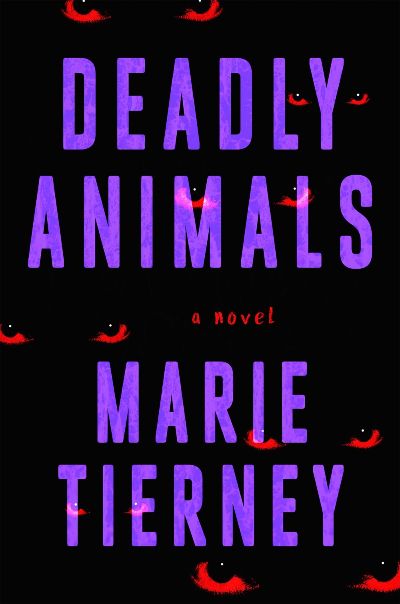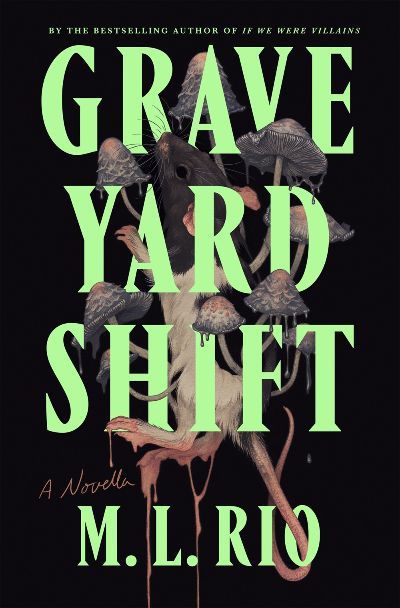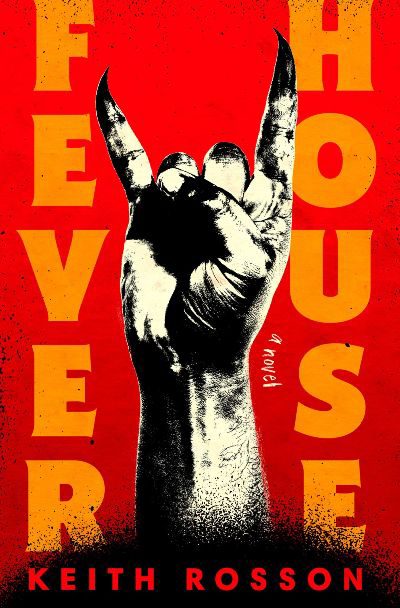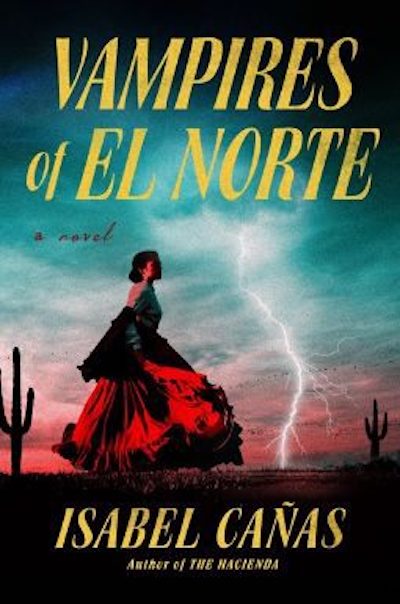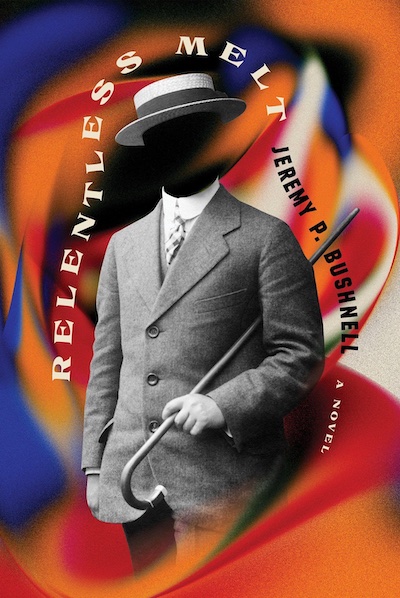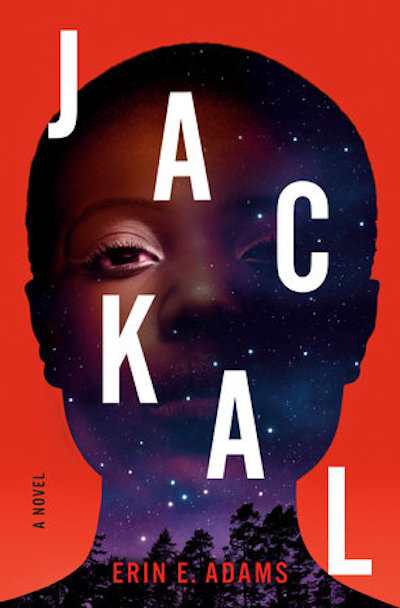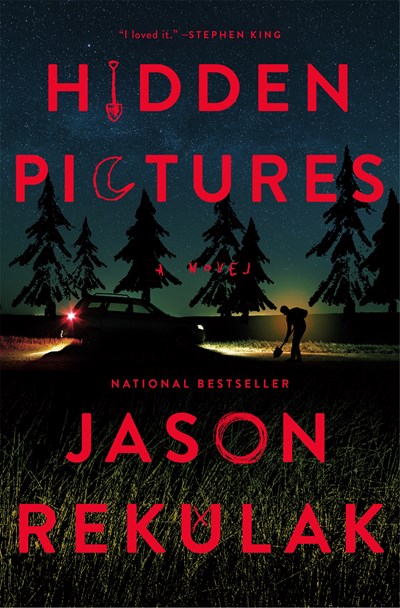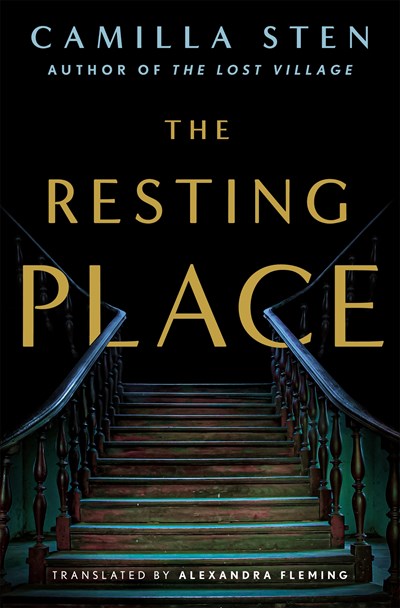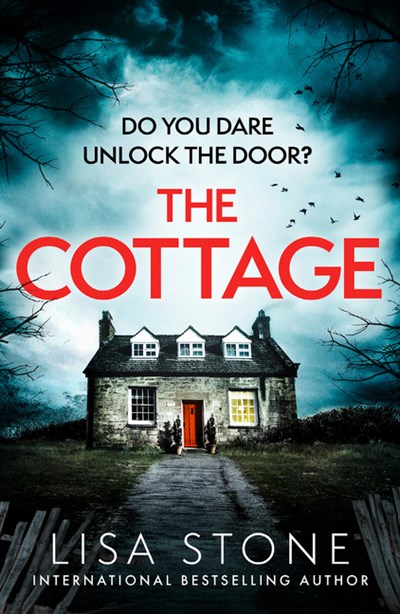Fourteen-year-old Ava Bonney has a curiosity about dead things. She keeps a secret roadkill body farm in an abandoned garden near the local motorway and likes to sneak out of her flat in the dead of night to note the decomposition rates of her finds. But on this particular evening in May 1981, she discovers the putrefying body of her classmate Mickey Grant, who disappeared from a local disco two weeks ago. “Ava knew him as an unpleasant boy, a bully you couldn’t walk past without him saying something spiteful. When he went missing, Ava hadn’t cared.” But she telephones the police and, not wanting to reveal her unusual hobby, disguises her voice as Mrs. Poshy-Snob, a woman with a low voice and flawless diction. When he interviews Ava during his inquiries, Detective Sergeant Seth Delahaye is impressed by the teen’s intelligence and self-possession. Signs point to a monstrous serial killer at work after Ava and her best friend John find another mutilated corpse, that of a six-year-old boy. In alternating chapters, Tierney’s compelling narrative follows Ava’s and Delahaye’s separate investigations until the two threads braid into a chilling climax. Ava’s precocity may remind readers of Alan Bradley’s 11-year-old amateur sleuth, Flavia de Luce, but Ava uses her morbid studies to escape an unhappy home life, and her territory is not a cozy English village but the gritty, impoverished suburb of Rudery, South Birmingham. Selected as a finalist in the Daily Mail First Novel competition, this astonishing, beautifully written debut is creepy, gruesome, and heartbreaking. One of the best thrillers of the year.
Horror
Some books end with a recipe for a cake or cookie that was mentioned in the story along with nice characters in pleasant surroundings. Then there’s Graveyard Shift. No nice characters, definitely no twee surroundings, and the back matter has two lists: one of songs including “Nightmare” by the Rats and “Bury Me with It” by Modest Mouse (you’ll note the vermin theme) and recipes for cocktails including Corpse Reviver #1. The novella drops readers right into the horror, which brings together the kind of eclectic bunch gathered by a smoking habit. These insomniacs and late-shift workers meet nightly for a smoke in the graveyard of a college town’s dilapidated church, where they witness the dumping of something very unexpected and even more horrible than they would have imagined. Edie, the relentless journalist in the group, seeks answers, aided by bartender Theo, who’s witnessed one of the other weird goings on in the town. Called “Hostile Incidents,” these are instigated by so-called Belligerents, the several “weary, mild-mannered” people who have gone “suddenly berserk.” Readers will want to get their shaky hands on Rio’s previous work, If We Were Villains, after this deliciously bizarre, creepy tale.
In his acknowledgements, Rosson calls this “a wild fever dream of a novel,” and he nailed it. Where to start with this feral read? Since it’s a horror/suspense novel, the first gory moment seems apt: when a crime boss’s enforcers threaten a man with a drug addiction who owes a payment and the man asks, “What’re you gonna do? Knock my teeth out?” He then goes on to do the job himself, with his own filthy fingers. The enforcers find a severed hand during their work, one that causes those nearby to feel the need to do tremendous violence, the urge “[slithering] in. It floats on a dark wave.” The gore gets more sophisticated—“make me a necklace from the heads of your children…make me a red veil from their latticed veins”—only adding to the supernatural head-spinning. At the same time, we follow the life…if he or it is alive…of a being called Saint Michael, a secret captive of the U.S. government. Saint Michael can sometimes see visions of future events, especially when periodically “encouraged” by the agonizing process of government agents trimming his wings. In counterpoint to the government actions we meet a musician, Katherine Moriarty, who was very successful in her day but now is agoraphobic, her closed-in life perhaps related to the bizarre goings-on elsewhere in the novel. All converge in a terrifying episode in Portland, Oregon, that will surely be a highlight of the movie that is already being made of this terrific novel. Every word here is crafted to impart just the right level of revulsion, fear, and, at times, wonder. Get ready for awards nods for this work as well as comparisons to the works of Cormac McCarthy and Justin Cronin.
It’s clear that Isabel Cañas wants all the genres—speculative, historical, horror, romance, mystery—and why not? She does such a magical job of blending them together, as this follow-up to the Gothic The Hacienda makes clear. Set during the Mexican-American War, known in Mexico as intervención estadounidense en México (United States intervention in Mexico), at its core this is a Romance. Nena, daughter of a Texas rancher, and Néstor, son of vaqueros, are young teens who’ve grown up together. During a late-night excursion on the ranch—in search of lost treasure—Nena is attacked by a beast that drains her of her blood. Feeling no pulse and assuming she’s dead, Néstor flees. But Nena survives, and years later, amid the war, they meet again. He’s a member of the calvary, she a curandera, or healer. Their reunion shocks them both, with Nena unleashing her anger at Néstor for abandoning her. But soon there are bigger issues at hand, including attacks from the Yanquis and bloodthirsty creatures lurking in the dark. Compelling, steamy, and with a wonderful perspective on the War, this unique tale is not to be missed.
A supernatural mystery—part Stranger Things, part Enola Homes, but very much itself—set in 1909 Boston. Young Artie Quick, a Filene’s basement “shopgirl” by day, is fascinated by criminal behavior and signs up to study Criminal Investigation at the YMCA’s Evening Institute for Men. One problem? Artie is a young woman, and to pass, she has to adopt male drag and attempt to alter her voice. While she still lives with her working-class family, most of her time she’s at well-off Theodore’s digs—her charming if awkward best friend. Theodore is as obsessed with magic as Artie is with crime, and the two take on a case: the investigation into unnatural screams heard at night in the Boston Common by homeless men and petty criminals. What seems like a minor quest ends up taking the two on a sojourn that reveals the abduction of young women, a cover-up by city officials, and the existence of a spirit underneath the city, ready to wield even greater destruction. This book is way, way over the top—and is sure to delight its intended audience. Artie grows to love her menswear, and seems to love women as well, and her embrace of her queerness is just one of the many transformations in the book. For young adults on up.
Liz Rocher hasn’t been to her hometown of Johnstown, PA, in 14 years, but now her childhood best friend is getting married and it’s time. She’s got her bridesmaid dress and one other outfit, just enough to attend the event and then get the hell out. Liz faces s two main problems back home: her strict Haitian mother, who doesn’t hide her disappointment about her daughter’s single lifestyle, and the woods behind the wedding venue, where a little girl vanished years ago. While the wedding is in full swing, history seems to repeat itself, and soon Liz is fighting Johnstown’s racism-tinged apathy as she discovers that many of the area’s Black girls have gone missing over the years, each one vanishing on the summer solstice. Haitian American Adams’s thoughtful language first drops us into the private phobia of a damaged young woman and slowly pulls back to reveal wider horrors: the sudden taking of the girls and the lingering physical and social markers of the infamous Johnstown flood, which largely killed poor Black families in the valley while white residents lived in the hills. Adams’s exciting conclusion finds us in the grip of supernatural terror that makes this debut novel a great recommendation for horror fans who like a side of mystery.
A super-smart suspense novel featuring a leading character you’ll never forget. Twenty-something Mallory Quinn is 18 months sober. She was poised to get out of her south Philadelphia neighborhood—with an athletic scholarship from Penn State—when tragedy struck and she spiraled out of control, ending up addicted to opiates. But as the book opens, she’s able to move on from her half-way house, has a terrific sponsor, and is off to the posh suburbs for the summer as the nanny of five-year-old Teddy, son of Ted and Caroline Maxwell. Initially, this is the perfect set-up. Mallory lives in her own tiny house in the backyard and she bonds with the precocious Teddy. All is well until Mallory notices Teddy’s drawings are taking on a sinister tone, with violent images, then greater complexity, well beyond what any child is capable of. Mallory is so well realized, her interior world so compelling, that when she suspects the supernatural is at work, we believe her. Ted and Caroline—an incredibly creepy duo—try to gaslight Mallory, but a neighborhood boy, a love interest, helps to keep her sane. Ultimately, this is a novel of healing, as two very broken individuals—Mallory and Teddy—find ways to move on.
When young Swedish woman Eleanor finds her manipulative, angry grandmother Vivianne dying of a stab wound, she’s more depressed and bewildered than sad. Vivianne raised Eleanor on a steady diet of scorching belittlement after the girl was left an orphan. Eleanor’s now working to overcome the hurt while learning to cope with prosopagnosia, or face blindness (she can’t recognize faces, even her own in the mirror). The story quickly moves to Solhöga, Vivianne’s country mansion, where Eleanor, her boyfriend and aunt, and Vivianne’s lawyer aim to inventory the contents. The chore becomes a terrifying ordeal when various members of the party come to mysterious harm; the somber house and sad diary entries detailing the lonely days of a long-ago maid at Solhöga add to the forbidding atmosphere. Sten’s character-driven, psychologically immersive puzzle will keep readers guessing until the end about who killed Vivianne and what’s behind the mysteries at the house. Eleanor’s face blindness adds an interesting and thankfully not overused element to the tale; an apt complement to this is Sarah Strohmeyer’s Do I Know You? (Harper, November), which features a “super-recognizer” who remembers for years the faces of people she sees even once in a crowd.
Poor Jan. In her late twenties, she’s lost both her job and her boyfriend at the same time. Pretty much directionless, she rents a remote cottage on the edge of a forest and settles down to start that novel she’s always wanted to write, and to try to sort out her future. All would be wonderful were it not for the tapping on the windows every night, the dog barking at something—or someone?—in the garden, and the continual feeling that she is being observed. Cut away to Ian and Emma, a young couple in the area, who have lost a second child to stillbirth, with both babies born deformed. Although they decide to no longer seek having children biologically, Ian becomes obsessed with trying to understand the cause of their misfortunes. These two narratives really crank up the suspense as Jan seeks to discover the nature of her nocturnal visitors while Ian slowly uncovers disturbing facts about his and Emma’s parentages. Eventually the two story lines converge, making for a super creepy, but satisfying, ending. Kudos to Stone for a thriller that relies on neither violence nor murder and manages to treat a medical condition with compassion, not exploitation. Reading groups will enjoy discussing the many moral dilemmas the novel presents.
- 1
- 2

